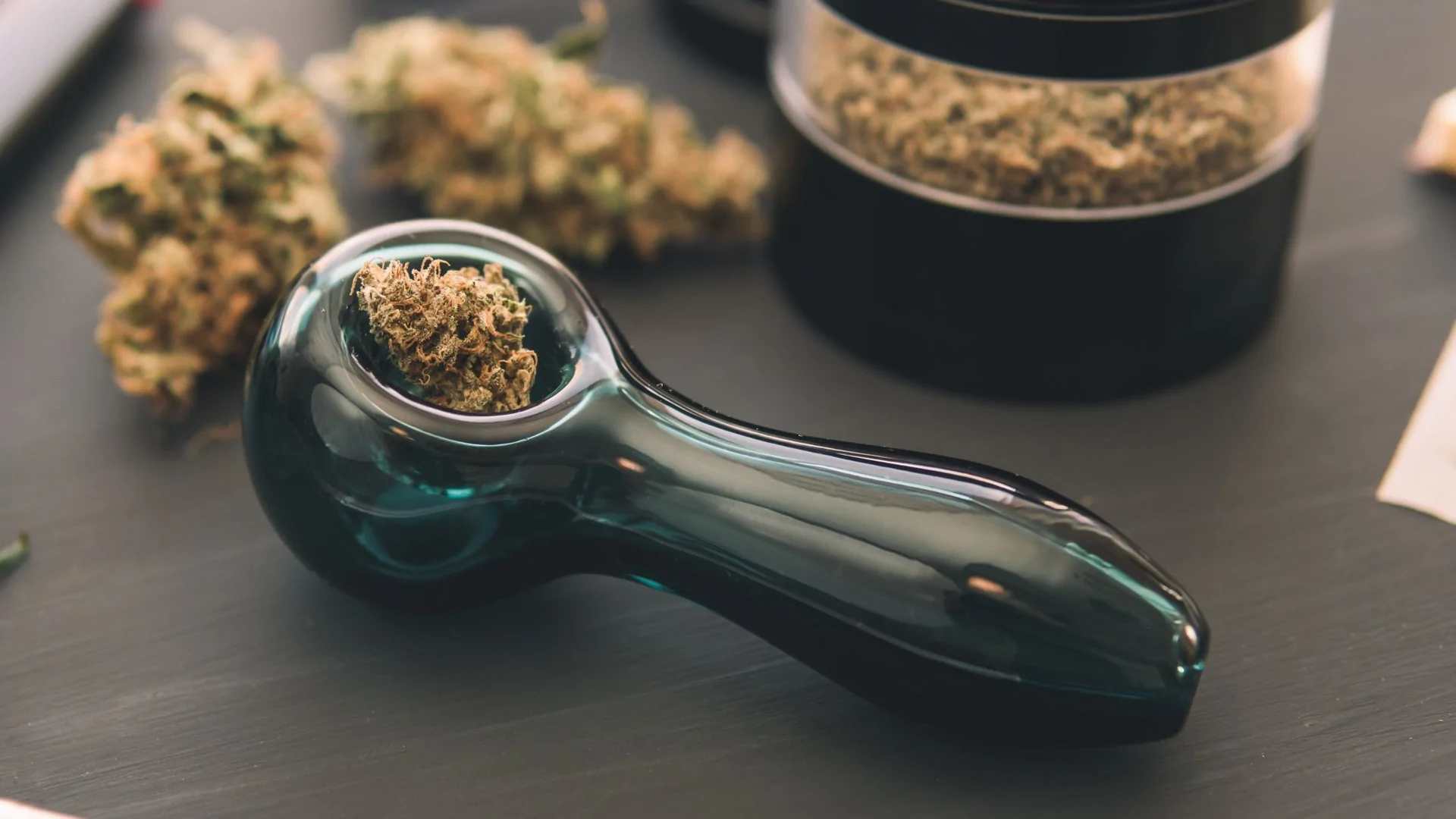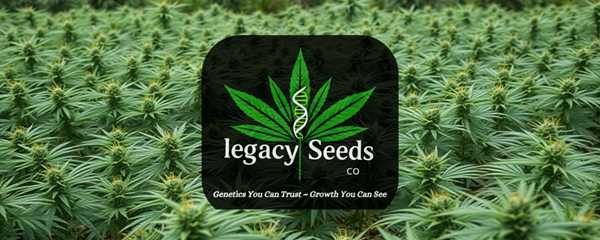A new report compiled by the Marijuana Policy Project demonstrates that legalizing recreational cannabis has not led to increased cannabis use among youth. In fact, data that was recently released shows decreases in youth cannabis use in 19 of the 21 states with before-and-after data.

“Over a decade into state-level cannabis legalization, the data is unequivocal: Legalization does not increase youth cannabis use. In fact, evidence suggests the opposite. By transitioning cannabis sales from the illicit market to a regulated system with age-restricted access, we’ve seen a decrease in youth cannabis use,” said Karen O’Keefe, director of state policies at the Marijuana Policy Project.
Nationwide, both the U.S. Centers for Disease Control and Prevention and the Monitoring the Future survey indicate significant drops in youth marijuana use between 2011 and 2023/2024, while half of the country legalized and regulated cannabis for adults. These findings challenge the notion that adult-use cannabis legalization is a gateway to increased youth use.
In the two states with the oldest legalization laws, Washington and Colorado, adolescents’ cannabis use has decreased by over 35% since cannabis was legalized and regulated for adults 21 and older. In Colorado in 2011 — the year prior to legalization — 22% of high schoolers reported using cannabis in the past 30 days. That figure has dropped by 42%, to 12.8% in 2023, according to data from the Colorado Healthy Kids Survey.
Meanwhile, the Washington State Healthy Youth Survey shows substantial decreases in the percent of students reporting current marijuana in all the three surveyed grades. The 2010 survey found 26.3% of 12th graders used marijuana in the past 30 days. That has decreased by 38% to 16.3% in 2023. Among 10th graders, current marijuana use dropped by 58% since legalization — from 20.0% in 2010 to 8.4% in 2023. Among 8th graders, the survey shows a 61% percent drop past 30-day use of marijuana — from 9.5% to 3.7%.





